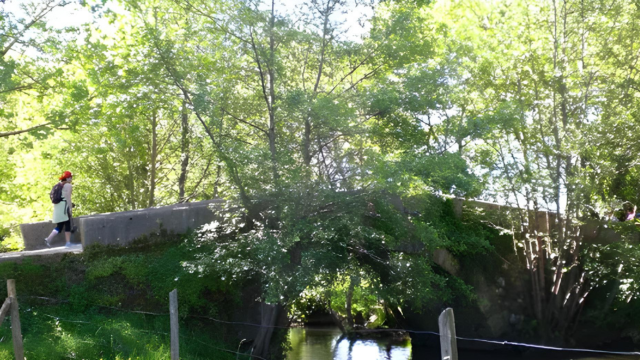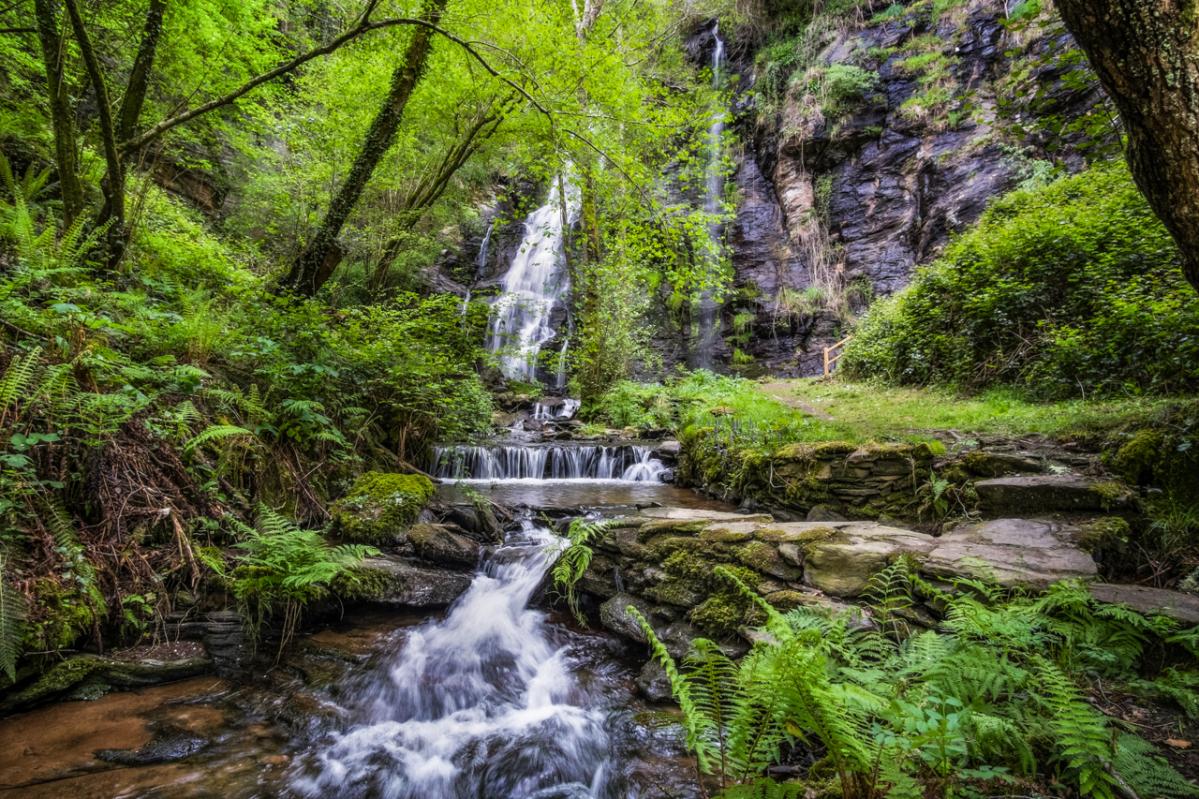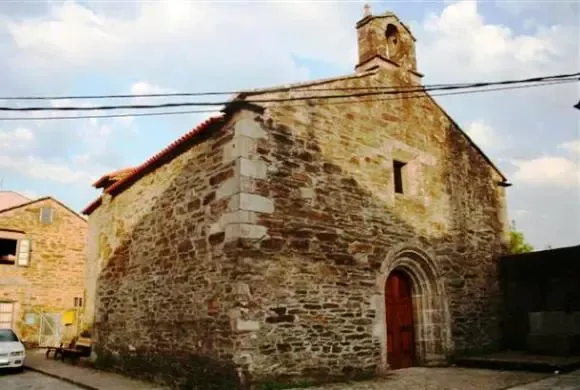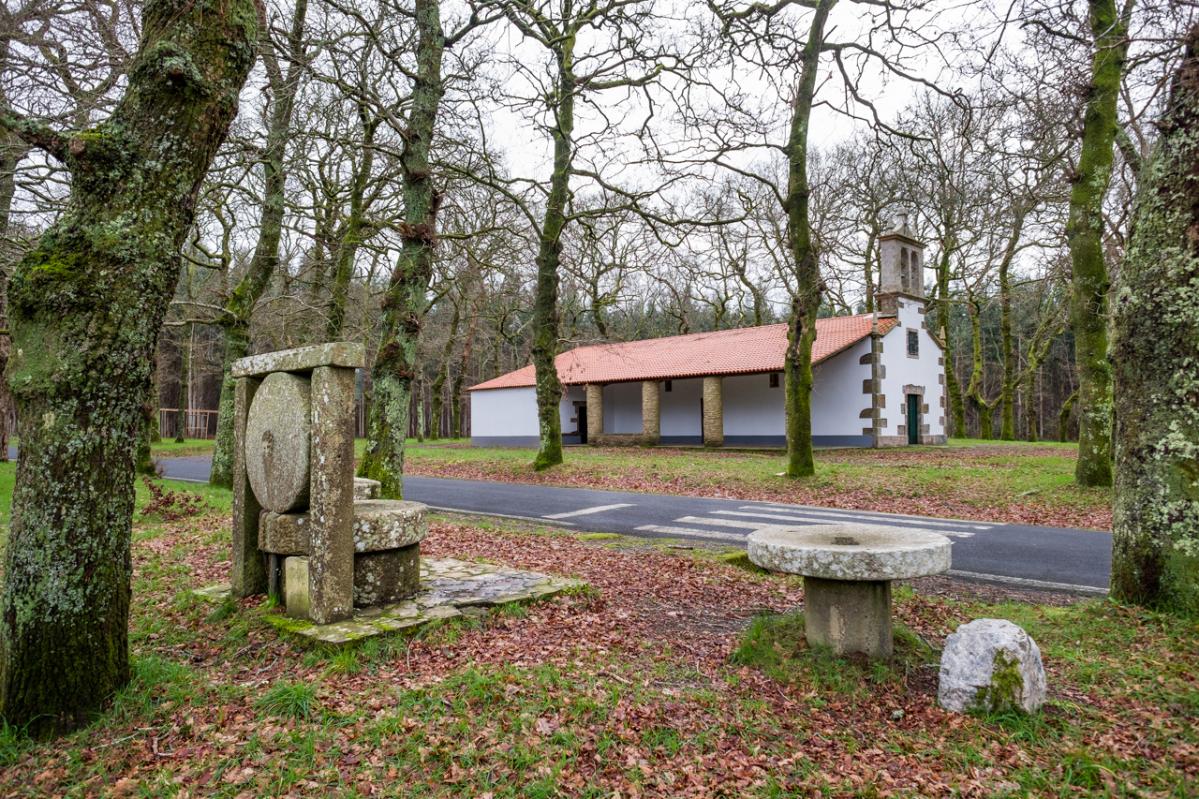Arzúa

Barely 40 kilometres from Compostela, the route of the French Way crosses Arzúa from east to west. According to records in Jacobean documents, this is where the kilns for the lime used in the construction of the Cathedral of Compostela were located. The pilgrims themselves carried the limestone to Castañeda as a form of penance, collecting it directly near Triacastela.
The Middle Ages saw the veneration of the tomb of the Apostle St. James and, with it, the first pilgrimages to Santiago de Compostela. The rise of these roads formed an important crossroads and with it grew a small village, which the Codex Calixtinus mentions as ‘Vila Nova’. In time, this settlement would become Santiago de Arzúa.
In order to provide physical and spiritual care for pilgrims, the hospital of Ribadiso da Ponte was built, and the convent of La Magdalena was built to provide assistance to pilgrims.
Arzúa maintains intact the essence of its past and its Roman roots, being one of the key places of the Jacobean culture, which has managed to endure in these lands over the centuries.
Here, in addition to the famous Arzúa-Ulloa Protected Designation of Origin cheeses and honey, you will find a wide variety of tourist attractions: gastronomic festivals, monuments, churches and chapels that still preserve important Romanesque features, as well as civil architecture, buildings for pilgrims and stately homes.
Below, discover the most outstanding points of interest in Arzúa:


